As the conversion of former Safeway stores nears completion, the experts deliver their verdict on Morrisons. Ronan Hegarty reports
Morrisons has reached the end game in its conversion programme of former Safeway stores. By the end of the year, it will have converted about 230 stores at an average cost of £1.1m, so it is not hard to see where its money has gone. But the jury is still out as to whether the re-branding will mark a watershed in company’s history or, as outgoing chief executive Bob Stott alluded last week at the half-year results, the battle is just beginning.
A barrage of bad press created by five profit warnings and its latest disappointing figures does not bode well and there is no doubt that the conversion programme has burned a substantial hole in the Bradford-based retailer’s profit and loss account. For the 25 weeks to July 24, Morrisons chalked up an exceptional items bill of £118.8m, pushing it into a pre-tax loss of £73.7m. The latest figures show just how seriously its core estate has suffered. Sales were down 5.2% excluding fuel for the 12 weeks to October 16. Morrisons blames cannibalisation from converted stores and the impact of store disposals.
However, the City suggests it has more to do with a resurgent Sainsbury and the continuing dominance of Tesco. It’s not easy to convert half of your estate and keep an eye on the competition at the same time, points out one retail analyst. “Obviously, converting these stores was a necessary step, but the hard work may just be beginning,” he says. “The company has faced a lot
of bad press, which can’t be good for a company trying to establish itself in a number of new areas of the country.”
By the end of the conversion programme, Morrisons is expected to have disposed of 246 stores. Some question the scale of disposals and there is evidence that it has undermined the company’s position in certain parts of the country. The latest demographic survey by location planning and market analysis company CACI shows that it now dominates fewer areas in the country than it did this time last year.
The one ray of light is that sales at the stores it has already converted are doing better. For the 12 weeks to October 16, like-for-like sales at conversion stores were up 11% excluding fuel, with an increase in customer numbers of 14.2%, while sales at stores awaiting conversion were up 2.8%.
Morrisons is confident it can grow sales. For the 35 stores now in their second year since conversion, sales per square foot are currently £19.53, compared with £18.11 for the 161 stores converted within the past year. Another positive sign is that Morrisons has finally started to communicate with its customers more, via its high profile ‘More Reasons’ TV and print advertisting campaign.
However, it still has to do more to convince shoppers, particularly in the south east, believes Clive Black, retail analyst at Shore Capital. “So far the conversion process has been the basic transfer of the brand,” he says. “It needs to offer more broad appeal, which may mean spending a lot more money. It needs to deliver more in terms of fresh food and in-store theatre, for which Morrisons is known.”
Another analyst agrees: “Store conversion was a major task, but convincing shoppers will take a great deal more effort.”
As the conversion process nears completion, Morrisons has embarked on an optimisation programme to get rid of the remaining costs and inefficiencies created by running two businesses and to invest in store offerings, rationalise the supply chain and look at supplier contracts.
Chairman Sir Ken Morrison remains confident. “Perfecting our game in the new stores, focusing again on our core business, rationalising the supply chain and bringing head office together in one place will provide real opportunities for improvement.”
However, Black says we will have to wait until a new chief executive is appointed to see whether Morrisons can really pull off the transition from northern to national player.
Morrisons has reached the end game in its conversion programme of former Safeway stores. By the end of the year, it will have converted about 230 stores at an average cost of £1.1m, so it is not hard to see where its money has gone. But the jury is still out as to whether the re-branding will mark a watershed in company’s history or, as outgoing chief executive Bob Stott alluded last week at the half-year results, the battle is just beginning.
A barrage of bad press created by five profit warnings and its latest disappointing figures does not bode well and there is no doubt that the conversion programme has burned a substantial hole in the Bradford-based retailer’s profit and loss account. For the 25 weeks to July 24, Morrisons chalked up an exceptional items bill of £118.8m, pushing it into a pre-tax loss of £73.7m. The latest figures show just how seriously its core estate has suffered. Sales were down 5.2% excluding fuel for the 12 weeks to October 16. Morrisons blames cannibalisation from converted stores and the impact of store disposals.
However, the City suggests it has more to do with a resurgent Sainsbury and the continuing dominance of Tesco. It’s not easy to convert half of your estate and keep an eye on the competition at the same time, points out one retail analyst. “Obviously, converting these stores was a necessary step, but the hard work may just be beginning,” he says. “The company has faced a lot
of bad press, which can’t be good for a company trying to establish itself in a number of new areas of the country.”
By the end of the conversion programme, Morrisons is expected to have disposed of 246 stores. Some question the scale of disposals and there is evidence that it has undermined the company’s position in certain parts of the country. The latest demographic survey by location planning and market analysis company CACI shows that it now dominates fewer areas in the country than it did this time last year.
The one ray of light is that sales at the stores it has already converted are doing better. For the 12 weeks to October 16, like-for-like sales at conversion stores were up 11% excluding fuel, with an increase in customer numbers of 14.2%, while sales at stores awaiting conversion were up 2.8%.
Morrisons is confident it can grow sales. For the 35 stores now in their second year since conversion, sales per square foot are currently £19.53, compared with £18.11 for the 161 stores converted within the past year. Another positive sign is that Morrisons has finally started to communicate with its customers more, via its high profile ‘More Reasons’ TV and print advertisting campaign.
However, it still has to do more to convince shoppers, particularly in the south east, believes Clive Black, retail analyst at Shore Capital. “So far the conversion process has been the basic transfer of the brand,” he says. “It needs to offer more broad appeal, which may mean spending a lot more money. It needs to deliver more in terms of fresh food and in-store theatre, for which Morrisons is known.”
Another analyst agrees: “Store conversion was a major task, but convincing shoppers will take a great deal more effort.”
As the conversion process nears completion, Morrisons has embarked on an optimisation programme to get rid of the remaining costs and inefficiencies created by running two businesses and to invest in store offerings, rationalise the supply chain and look at supplier contracts.
Chairman Sir Ken Morrison remains confident. “Perfecting our game in the new stores, focusing again on our core business, rationalising the supply chain and bringing head office together in one place will provide real opportunities for improvement.”
However, Black says we will have to wait until a new chief executive is appointed to see whether Morrisons can really pull off the transition from northern to national player.



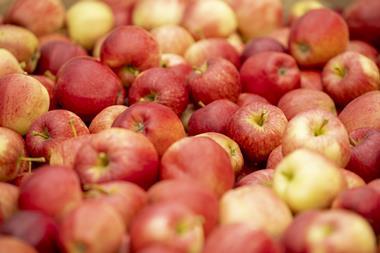
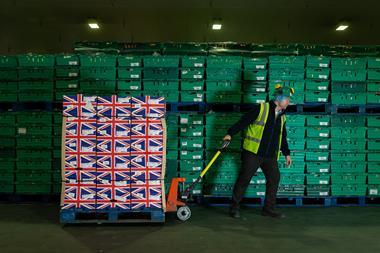
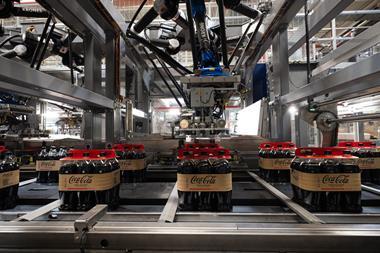
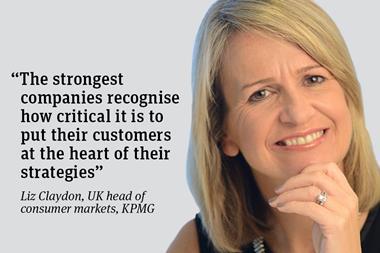


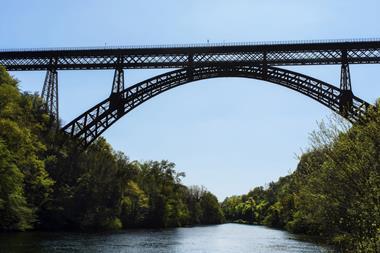
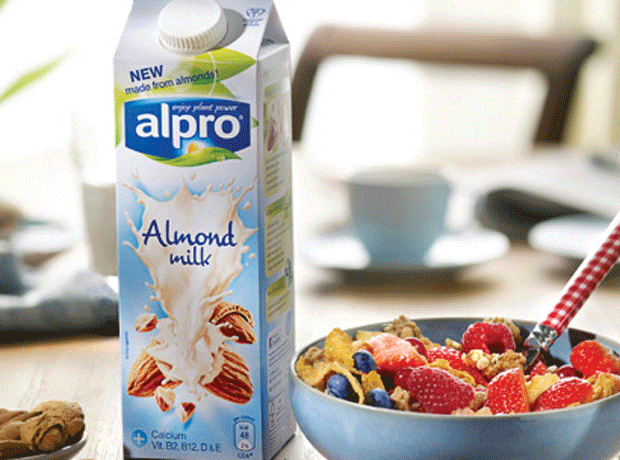
No comments yet